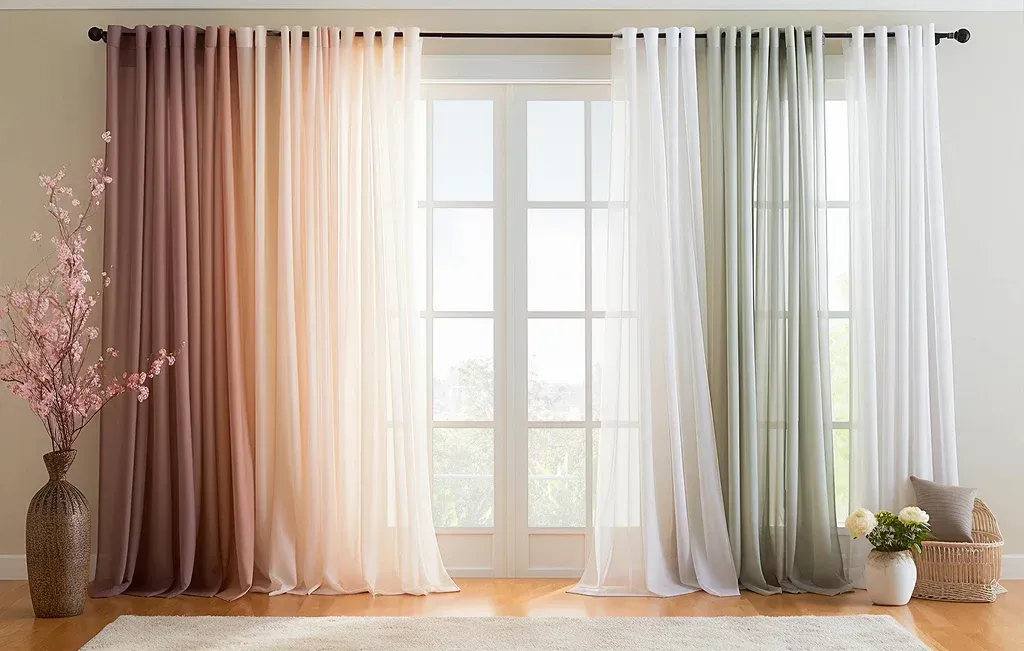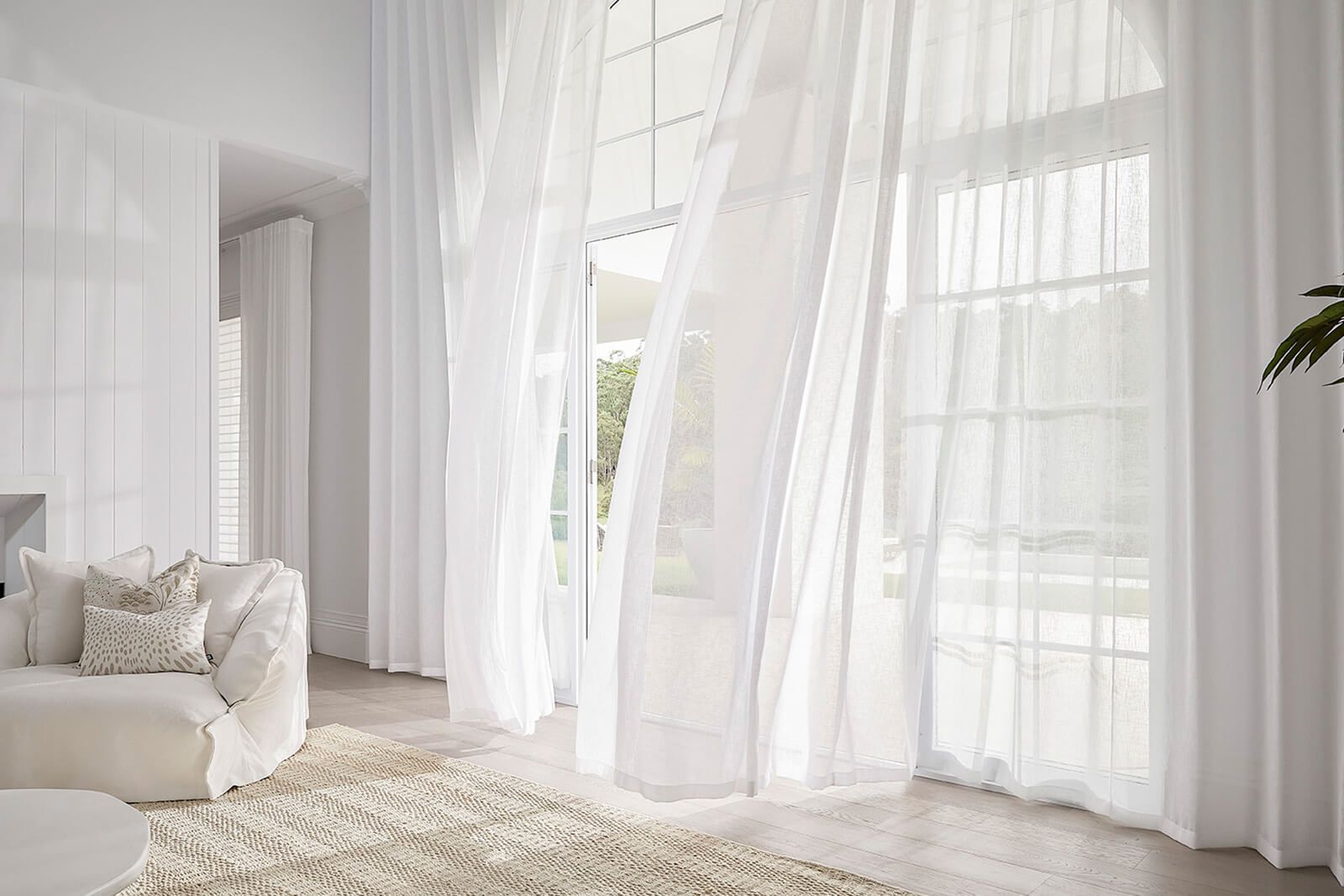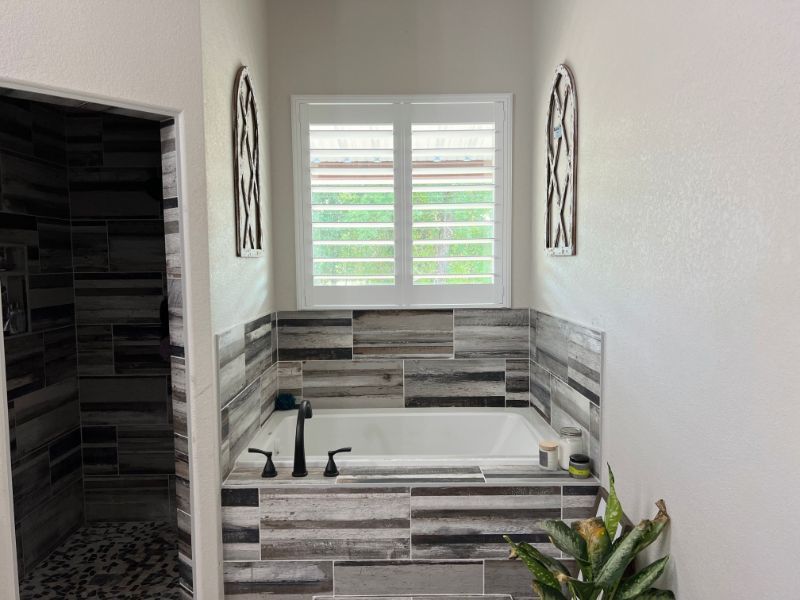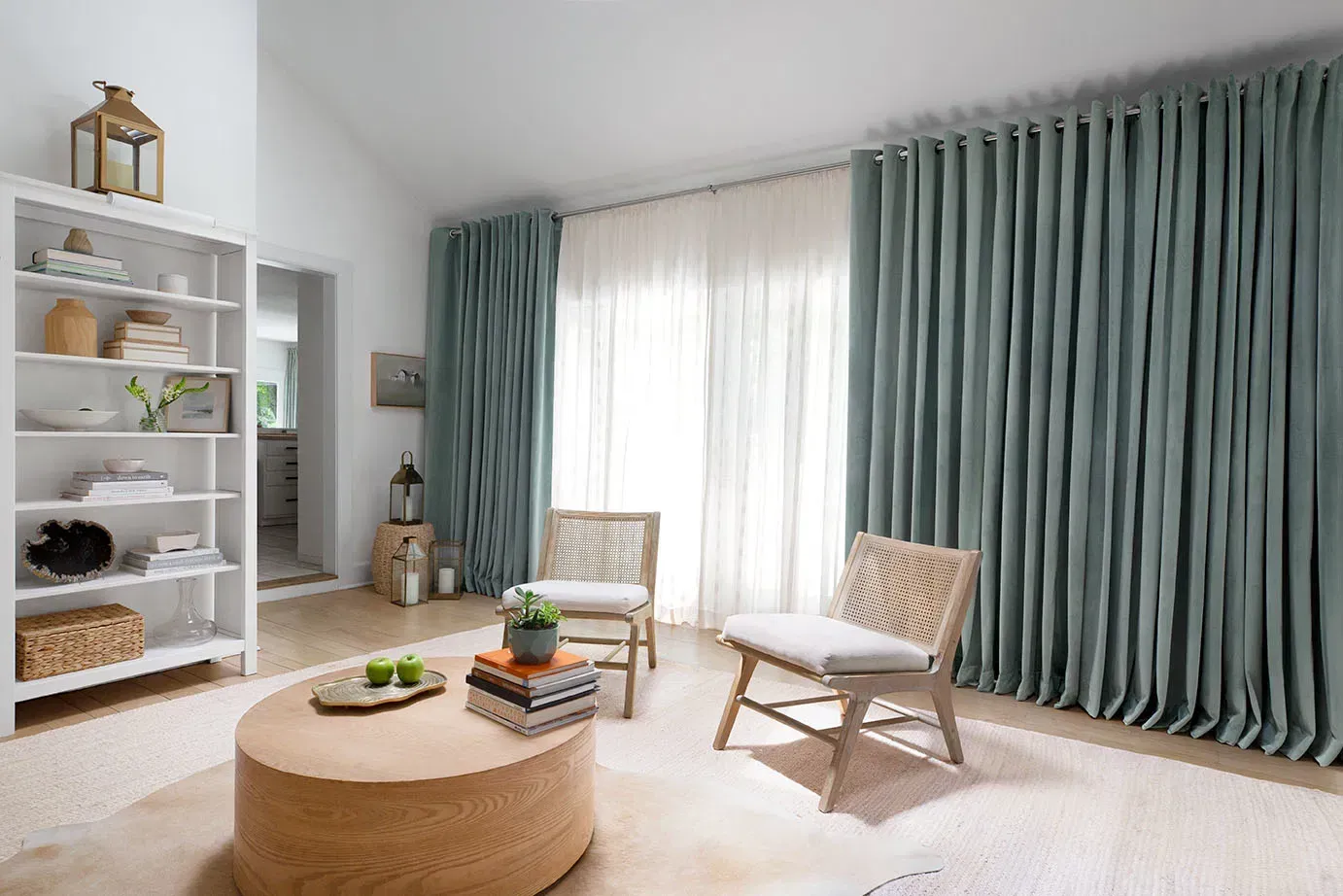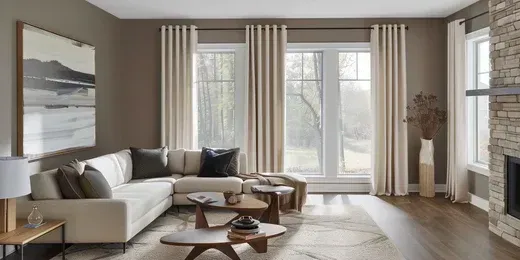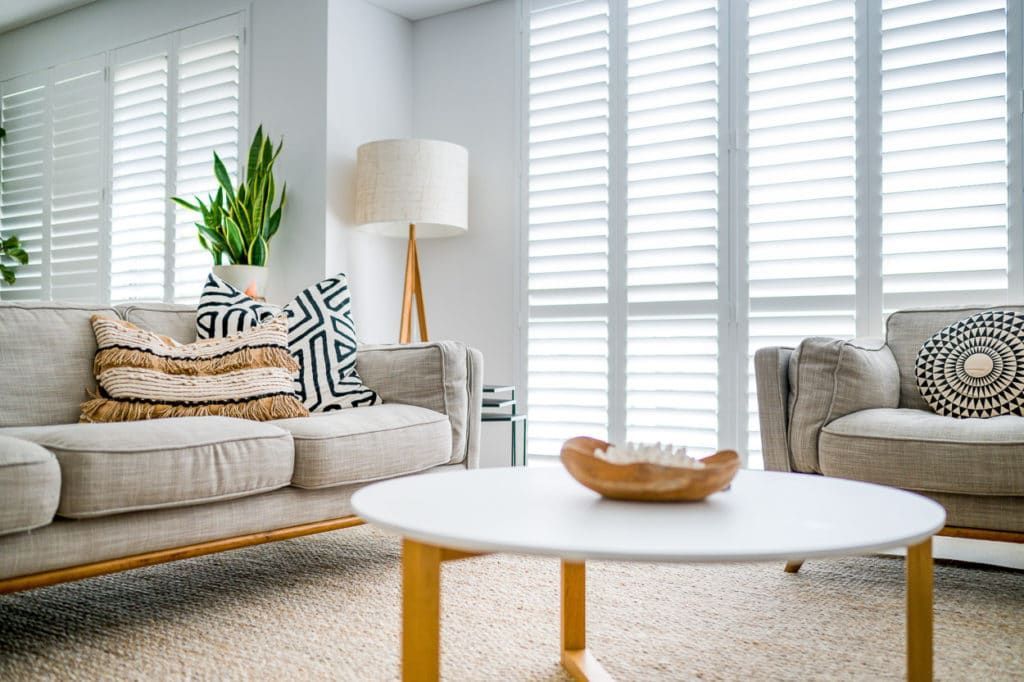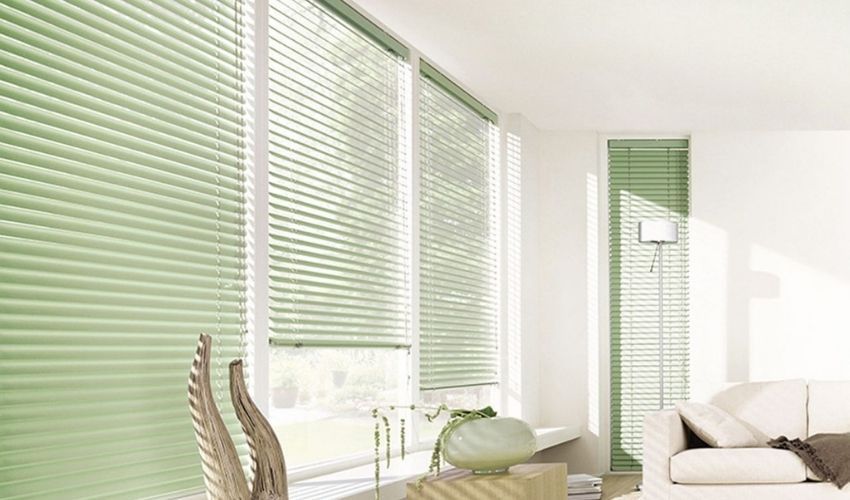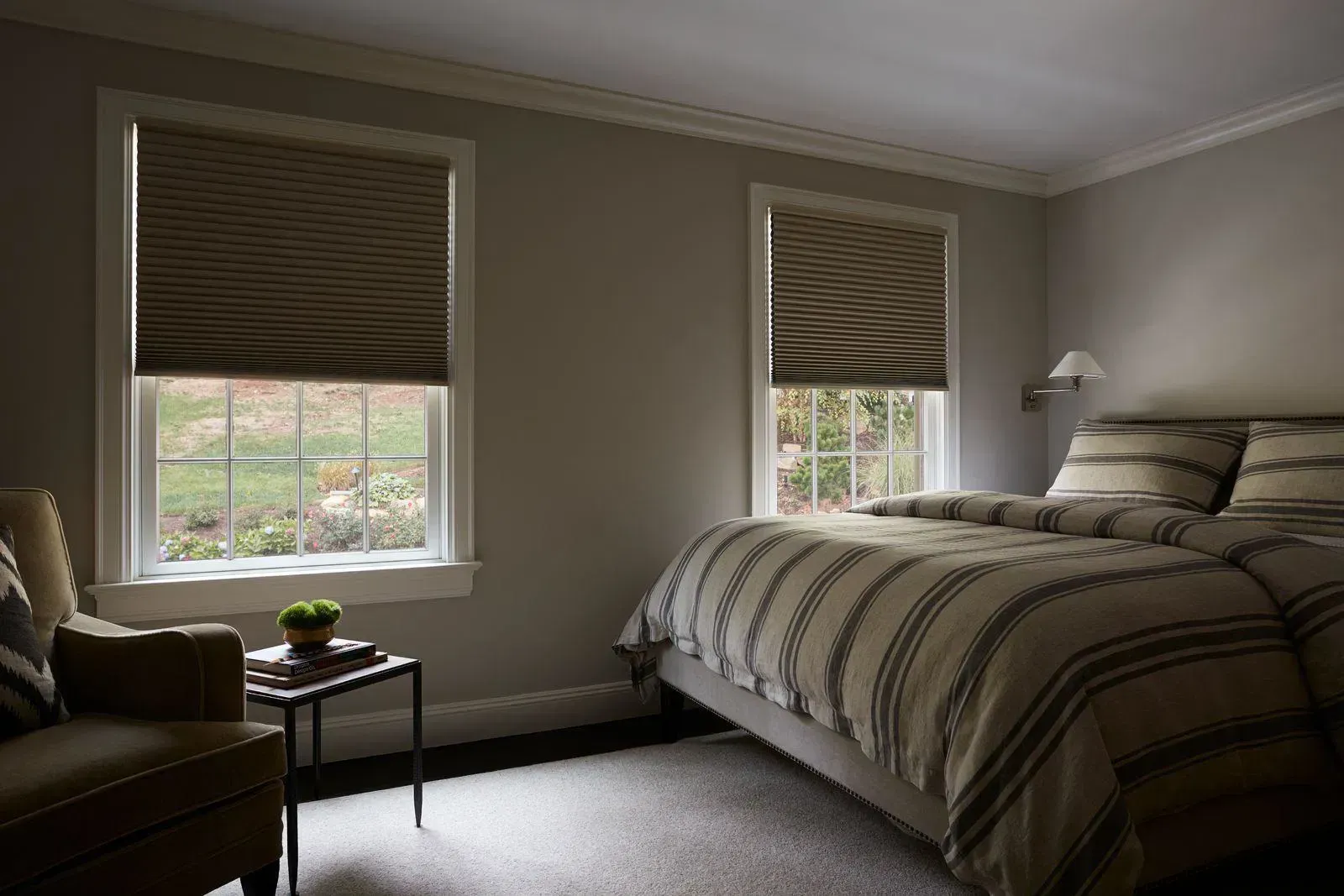What Blinds Are Best for Stopping Heat in Arizona?
TLDR;
The best blinds for stopping heat in Arizona are cellular shades, solar roller shades, and composite shutters due to their superior insulation, UV-blocking ability, and heat durability. These options help homeowners beat the intense desert sun while reducing energy costs.
Why Arizona Homes Need Specialized Heat-Blocking Blinds
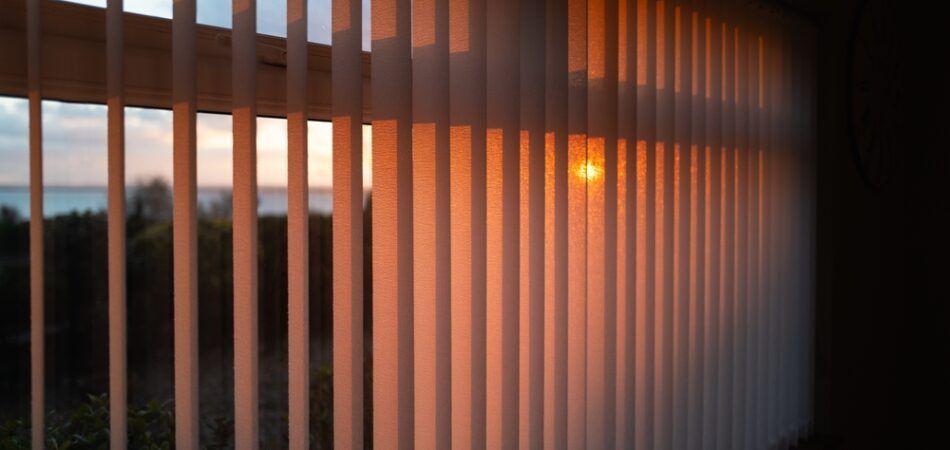
Arizona’s desert climate—especially in cities like Phoenix, Tucson, and Scottsdale—brings extreme heat, relentless sunshine, and high cooling bills. Temperatures often soar past 100°F, and regular blinds just don’t cut it.
- Sunlight pours in through untreated windows, raising indoor temperatures dramatically.
- UV rays degrade materials, causing warping, fading, and early wear.
- Cooling systems work harder, increasing energy usage and utility costs.
To combat this, residents need desert-specific window coverings that go beyond basic style and privacy. At Love Is Blinds AZ, we specialize in extreme heat window solutions tailored to the Arizona sun.
How Blinds Reduce Heat in Arizona Homes
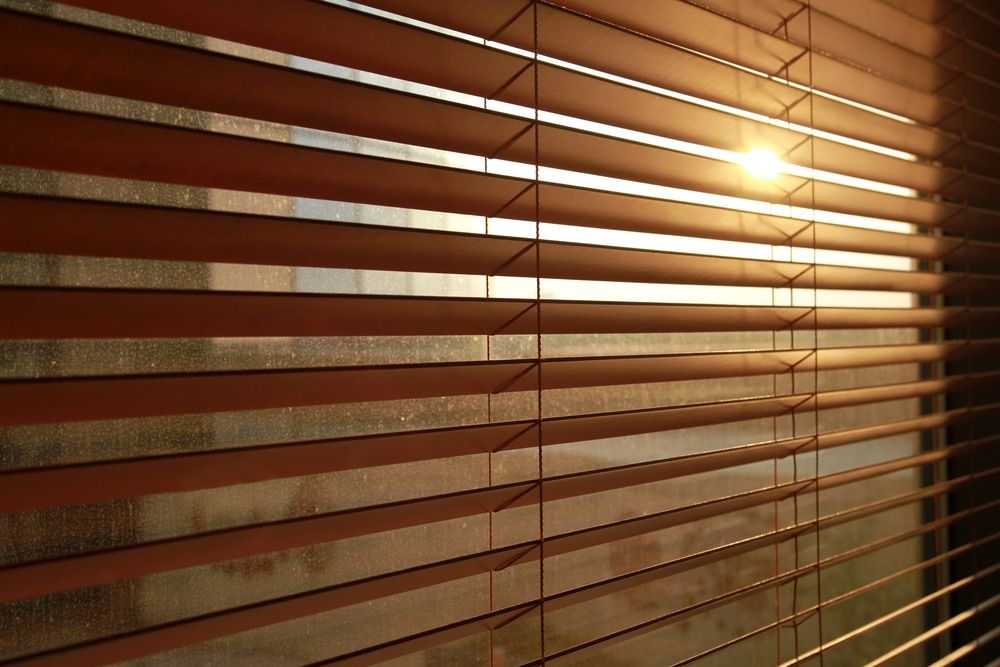
Blinds act as a barrier between your home and the sun’s radiation, helping manage indoor temperatures. Here’s how they work:
Understanding Solar Heat Gain and Thermal Resistance
- Solar Heat Gain: This is the increase in temperature in a space due to sunlight. Windows are a major source.
- R-Value: The higher the R-value, the better the blind resists heat transfer.
Benefits of Energy-Efficient Blinds:
- Lower Cooling Costs: Reduce A/C usage by up to 30%
- Comfort: Maintain cooler indoor temperatures even during peak sun hours
- UV Protection: Shield furniture and flooring from fading
According to the U.S. Department of Energy, energy-efficient window coverings can reduce heat gain by up to 80%.
Best Heat-Resistant Blinds in Arizona
Cellular Shades: The Most Energy-Efficient Option
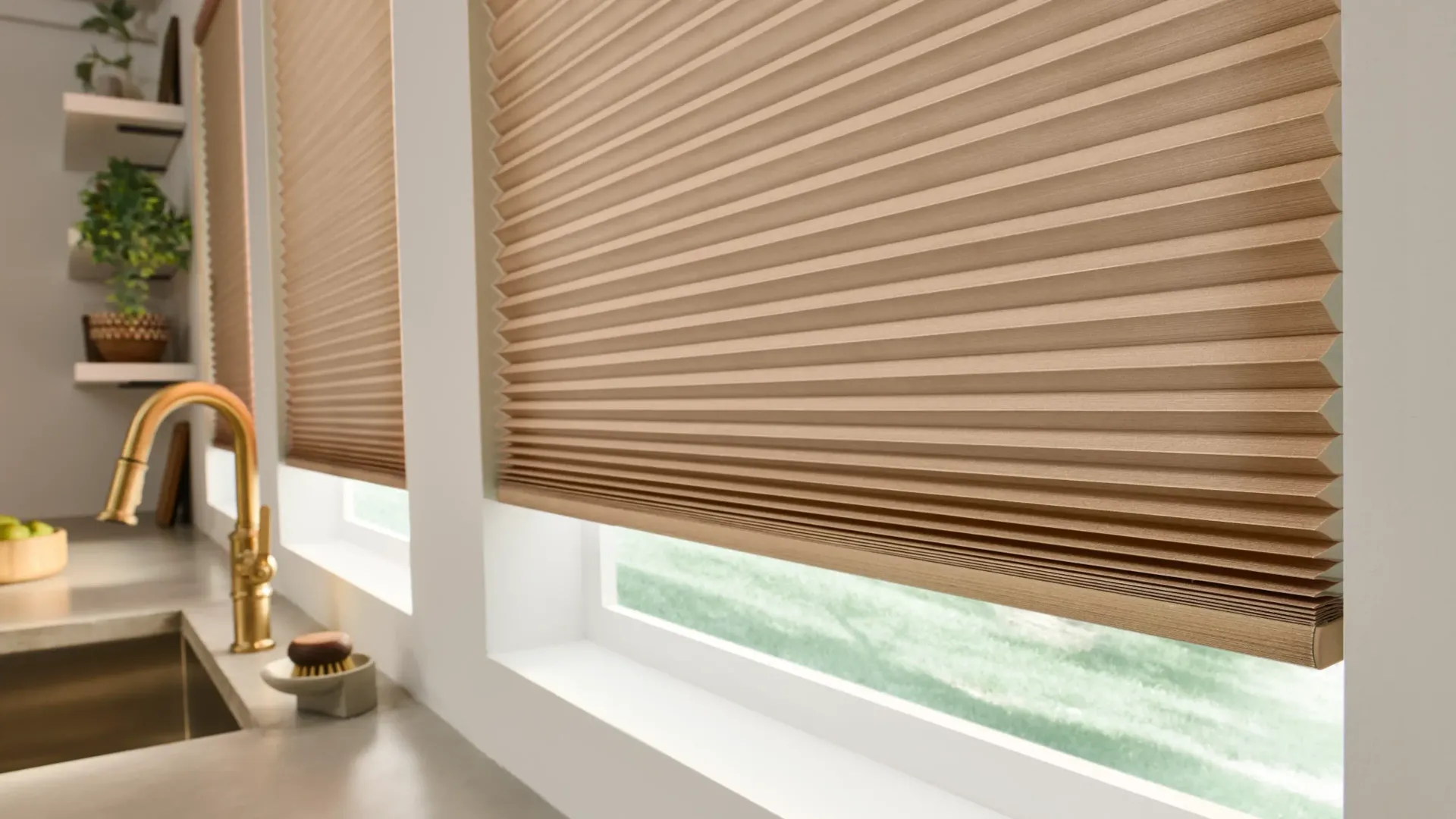
Also known as honeycomb shades, these are the gold standard for insulation.
- Structure: Air pockets trap heat, preventing it from entering the room
- Double vs. Single Cell:
- Double-cell: Better insulation for scorching Arizona summers
- Single-cell: Suitable for moderate use
- Material: Often made with UV-resistant, non-warping fabrics
Pros:
- Highest R-values available
- Soft, modern look
- Available in blackout or light-filtering options
Solar and Roller Shades: Modern Sun Shields
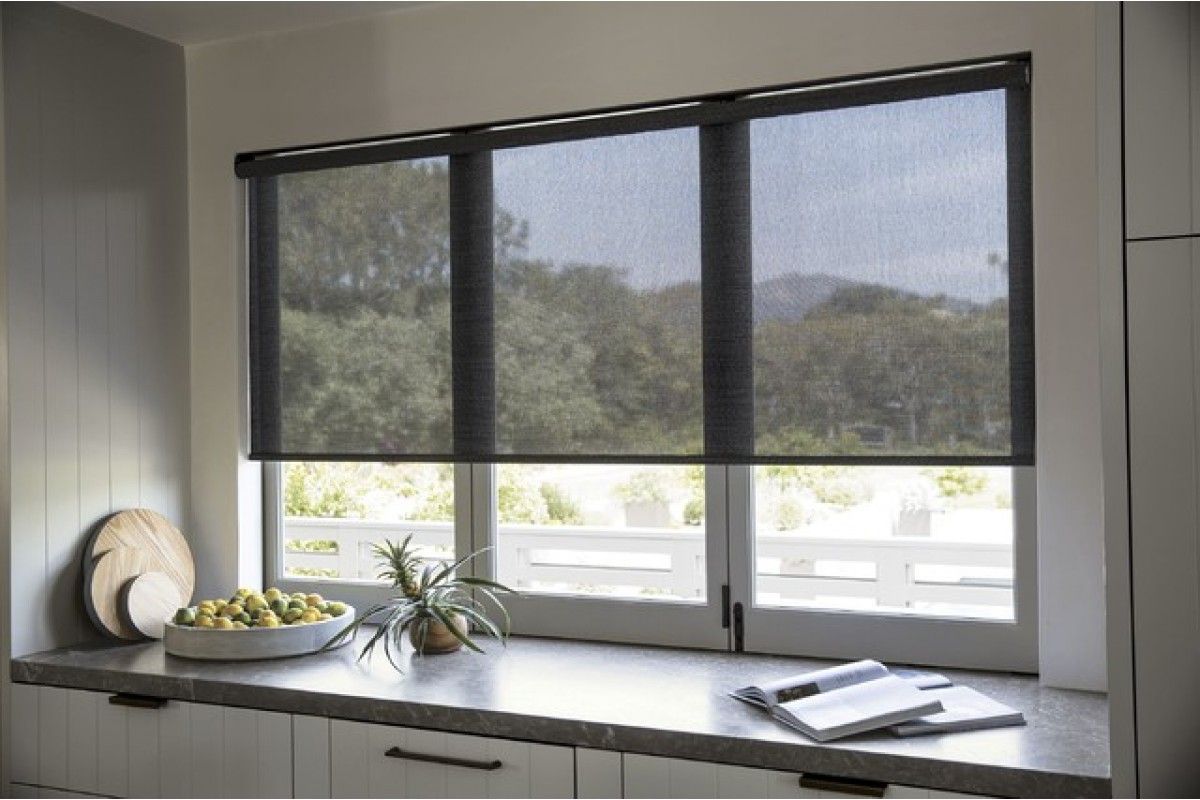
If you're looking for effective Sun-Blocking Window Treatments, solar and roller shades are perfect for west- and south-facing windows where the sun hits hardest.
- Design: Tightly woven fabric blocks UV rays while still letting in natural light
- Openness Factor:
- 1–3% openness: Blocks more sunlight and UV
- 10% openness: Allows more visibility and ambient light
Pros:
- Reduce glare without making the room dark
- Sleek, minimalist aesthetic
- Ideal for sliding doors and large glass walls
Cons:
- Not as insulating as cellular shades
Composite and Faux Wood Shutters: Tough and Timeless
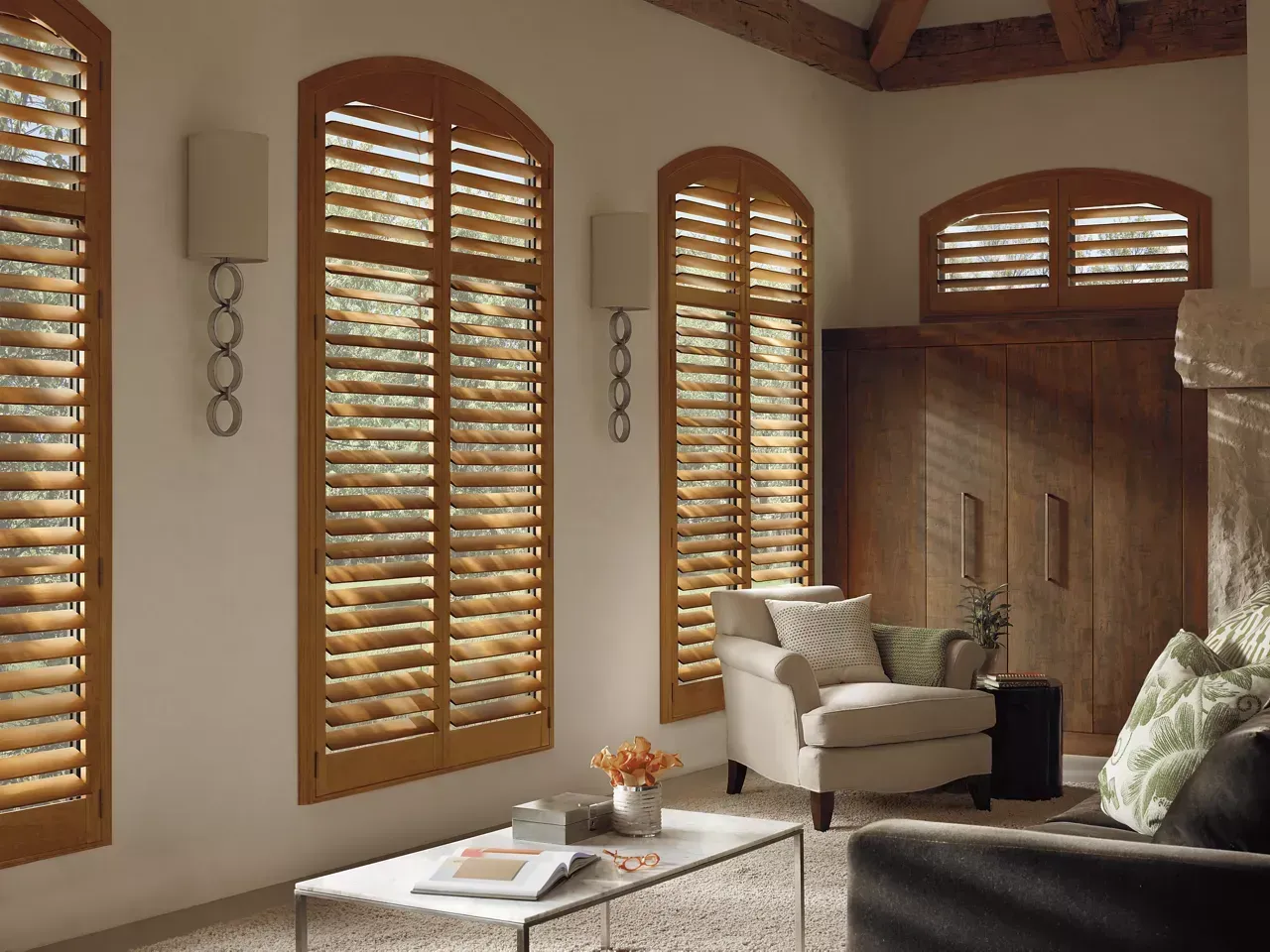
If you love a classic look with function, shutters are your answer—especially composite shutters made for high-heat areas.
- Material:
Faux wood or composite resists warping, fading, and cracking
- Insulation: The solid panels create a barrier against heat
- Bonus: Adds resale value to your home
Pros:
- Long-lasting in dry desert climate
- Excellent at blocking both heat and light
- Easy to clean and maintain
Cons:
- Higher upfront cost
- Less flexible light control compared to shades
Vertical and Venetian Blinds: Budget-Friendly, Less Effective
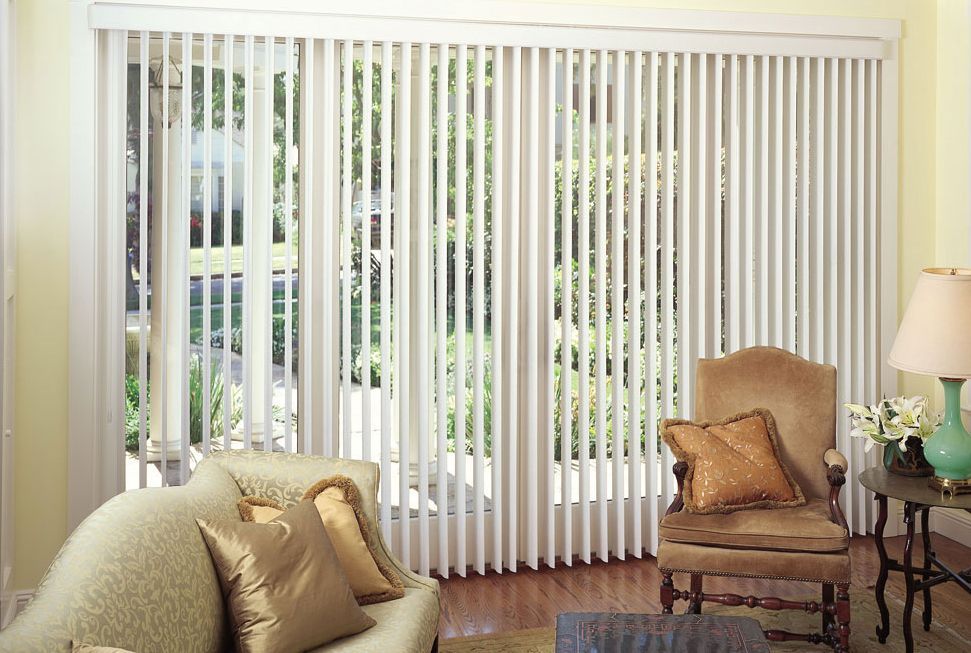
Traditional blinds are common, but less effective in Arizona heat due to slat gaps.
Vertical Blinds:
- Good for patio doors and wide windows
- Lightweight and cost-effective
Venetian Blinds:
- Can be tilted to control glare
- Available in aluminum, vinyl, or faux wood
Drawbacks:
- Minimal insulation value
- Heat still enters through slat openings
Smart Blinds and Automation
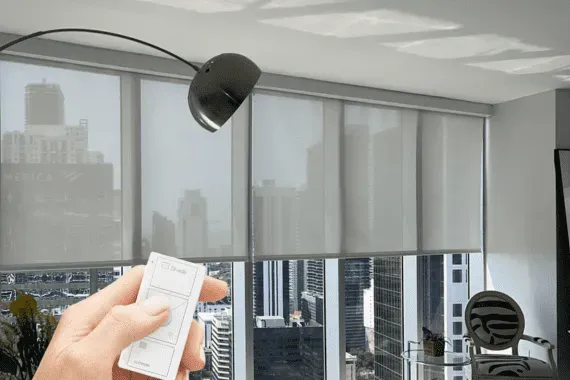
Smart blinds take efficiency a step further by automating when and how you block the sun.
- Motorized Timers: Set to close during peak heat hours
- Sensor Integration: Adjusts blinds based on sunlight and temperature
- Solar-Powered Options: Great for sustainability
- App and Voice Control: Sync with Google Home, Alexa, or thermostats
Pros:
- Hands-free convenience
- Consistent energy savings
- Better heat regulation throughout the day
Choosing the Right Blinds Based on Window Orientation
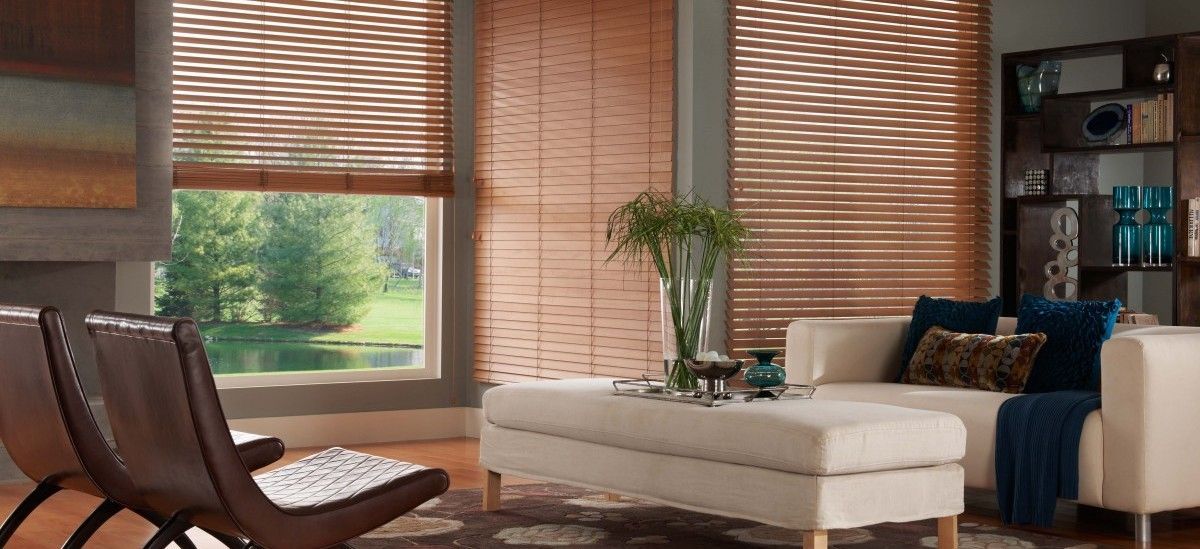
Not all windows experience the same amount of sun. Customize blinds based on directional sunlight and room use.
South- and West-Facing Windows:
- Get the most direct, intense heat
- Best treated with
solar shades or
blackout cellular shades
Bedrooms:
- Need cooler, darker environments
- Combine
blackout cellular shades with
layered drapes
Living Rooms and Kitchens:
- Require both light and heat control
- Use
light-filtering solar shades or
smart blinds
Tips:
- Layer blinds with
UV films or curtains for extra heat defense
- Choose light-colored fabrics to reflect sunlight
Maintenance Tips for Long-Lasting Blinds in Arizona
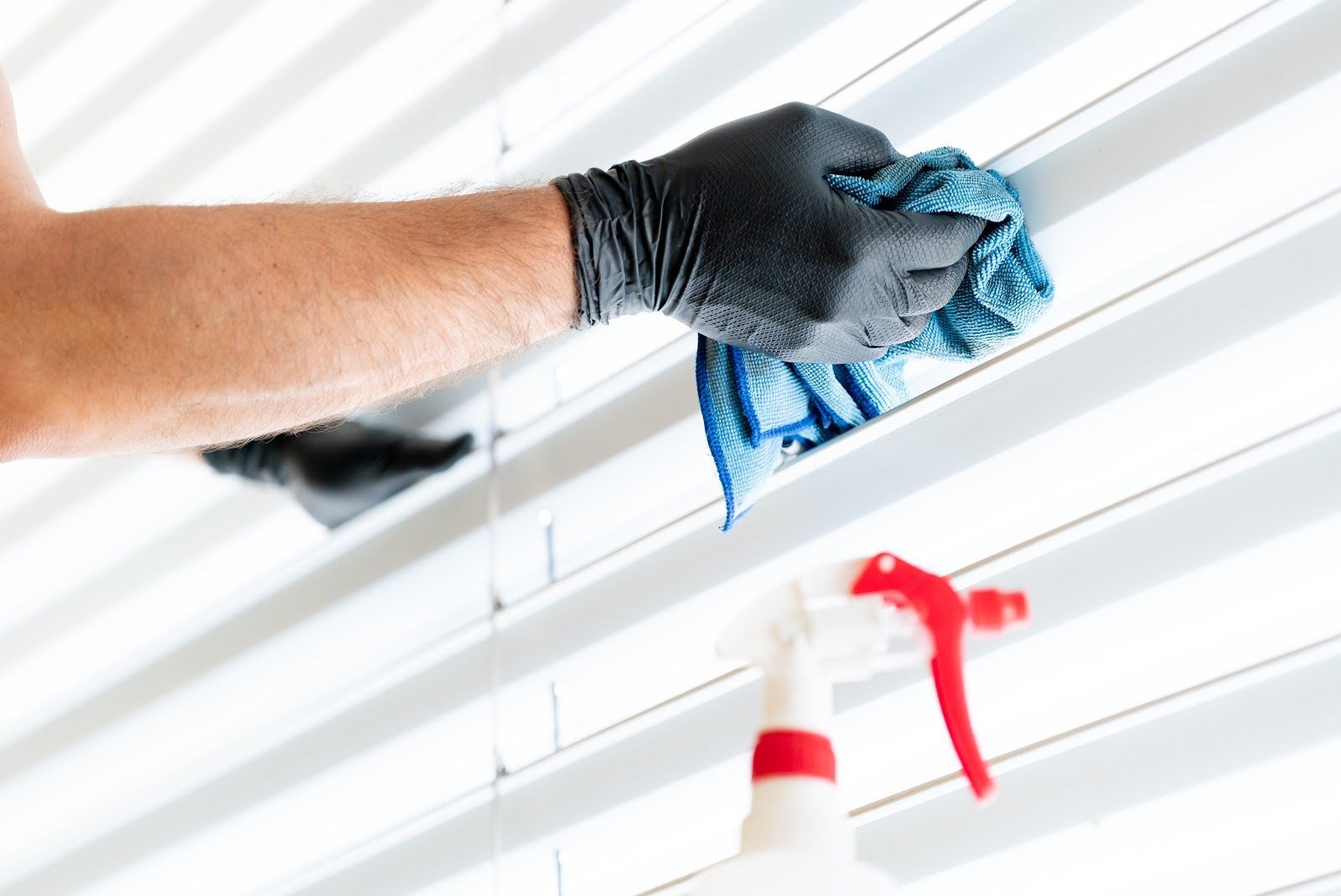
Arizona heat and dust can wear blinds down fast. Here's how to keep them looking and working like new.
- Dust Frequently: Prevent heat retention from dusty buildup
- Use UV-Resistant Cleaners: Especially for composite or faux wood
- Avoid Moisture: Prevent warping in wood or vinyl blinds
- Inspect for Damage:
- Replace faded or brittle cords
- Swap out discolored or warped slats
FAQs About Heat-Blocking Blinds in Arizona
What are the most energy-efficient blinds for Arizona homes?
Cellular shades are the most energy-efficient due to their high R-value and air-trapping design.
Do blackout blinds keep heat out?
Yes, blackout blinds—especially cellular ones—can significantly reduce solar gain and heat penetration.
Are shutters better than shades for sun protection?
Shutters are more durable and effective at blocking both heat and light, while shades offer better insulation.
How much do heat-reducing blinds save on cooling bills?
Depending on type and installation, you can save up to 30% on your cooling costs annually.
Arizona Sun Blinds That Actually Work
Beating the heat in Arizona takes more than just closing the blinds. It takes smart selection, customization, and durable materials. Whether you're battling the blazing afternoon sun or trying to lower your energy bills, choosing the right window treatments can make a major difference.

